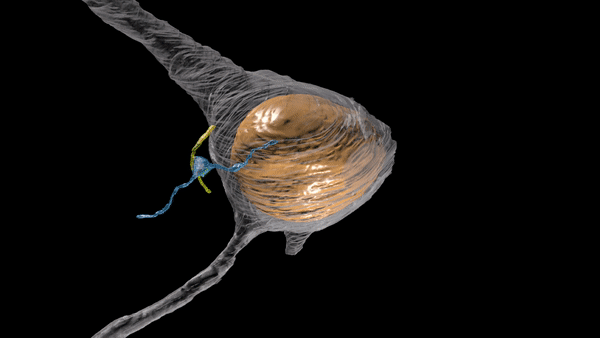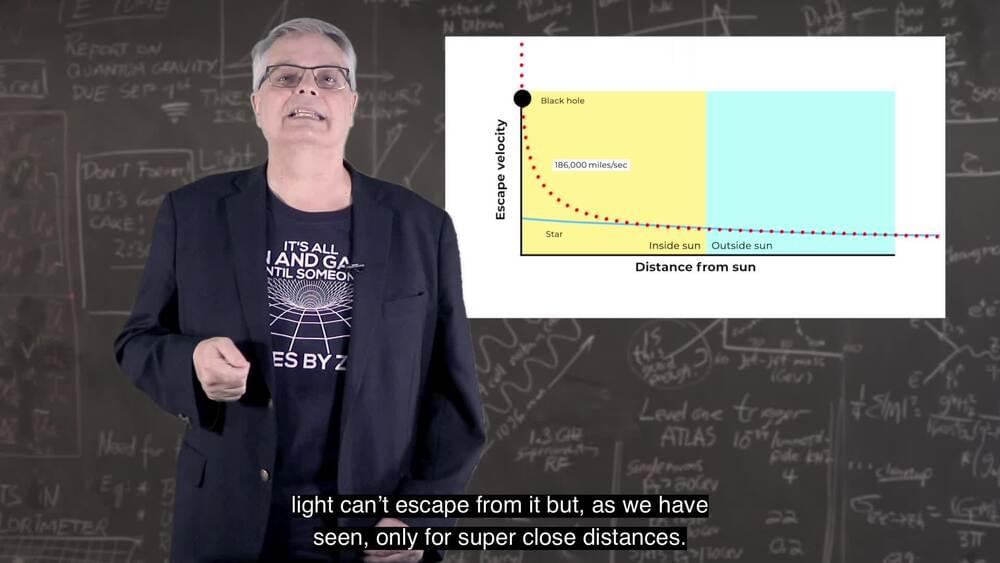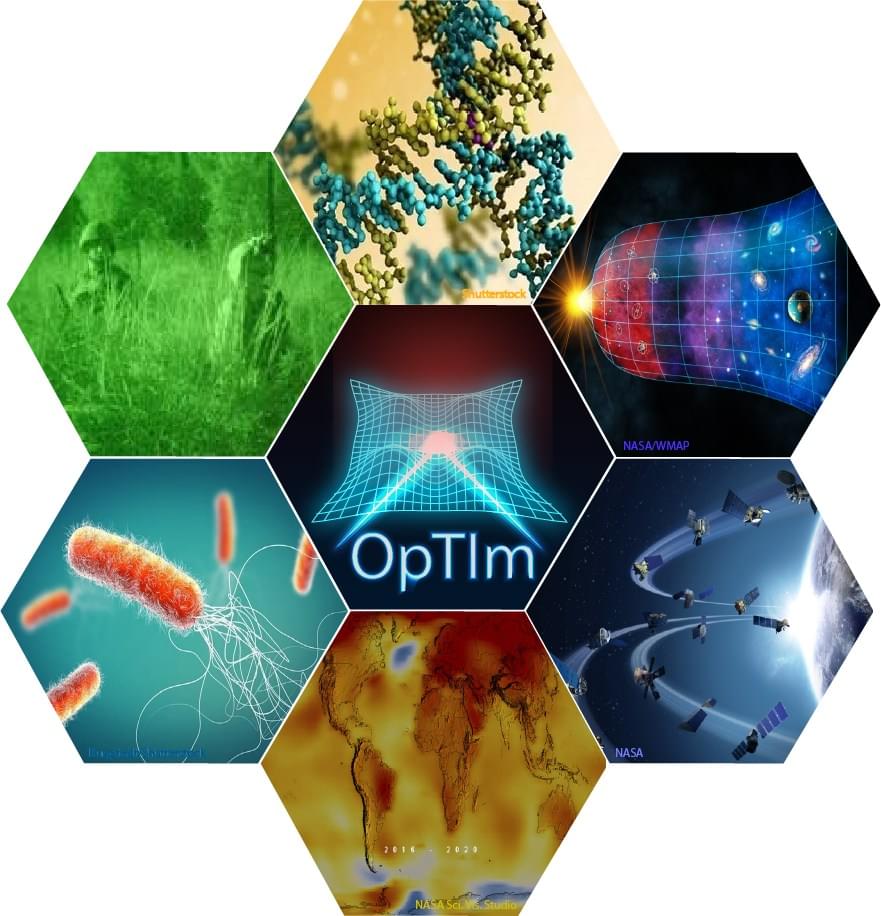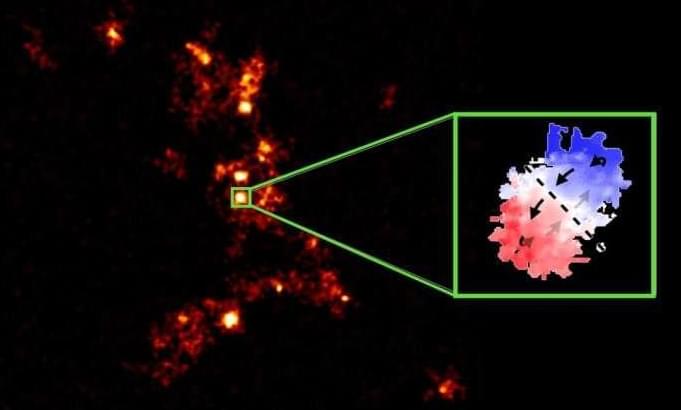Elon Musk cited a Putin speech in private texts with a banker saying the Twitter deal wouldn’t make sense ‘if we’re heading into World War 3’
Posted in Elon Musk, existential risks | 1 Comment on Elon Musk cited a Putin speech in private texts with a banker saying the Twitter deal wouldn’t make sense ‘if we’re heading into World War 3’
The list of unique architectures in the city keeps growing.
The city has showcased its ability to take on architectural challenges by completing the Palm Jumeirah and keeps unveiling tiny projects along the way, such as the world’s largest Ferris Wheel. So, it is not exactly a moonshot when Dubai thinks of building a Moon styled resort as well.
## What will the resort offer?
Although the details of the project are still scanty, the ambitious project is expected to have an overall height of 735 feet (224 m). Occupying an area of 10 acres or 435,600 sq feet, the resort promises an authentic “lunar colony”.
We do not quite exactly know what that means as of now but reports suggest that the area will offer standard hospitality services such as hotel rooms, wellness center, nightclub, a meeting place and a moon shuttle\.
What are black holes?
Posted in cosmology
They’re among the most interesting astronomical bodies but also one of the most misunderstood. In this video, Fermilab’s Don Lincoln debunks some common misconceptions about black holes and also explains some important truths.
If successful it would revolutionize battlefield surveillance, night vision, and terrestrial & space imaging plus many commercial applications: https://www.darpa.mil/news-events/2022-09-02
Using the Very Large Telescope and the radio telescope ALMA in Chile, a team of astronomers including researchers from the Niels Bohr Institute has discovered a swarm of galaxies orbiting the surroundings of a hyper-luminous and vigorously star-forming galaxy in the early universe. The observation provides important clues to how exceptionally bright galaxies grow, and to how they evolve into energetic quasars, beaming light across most of the observable universe.









